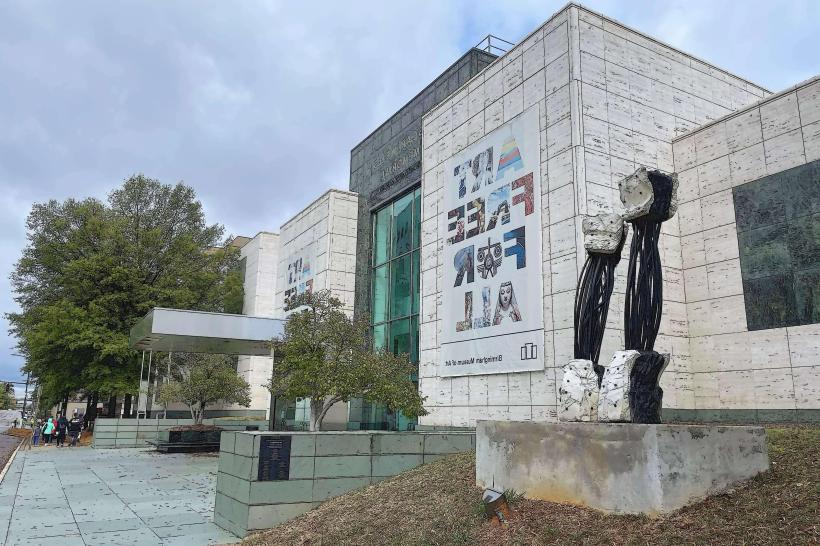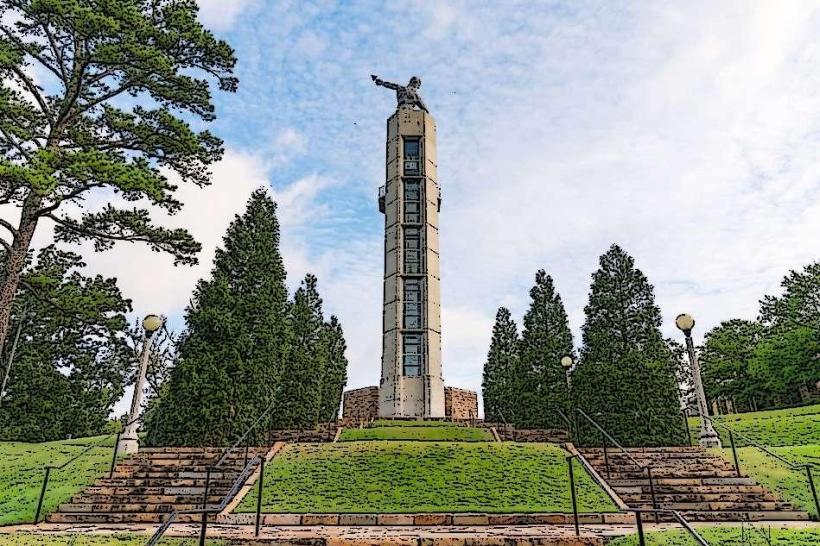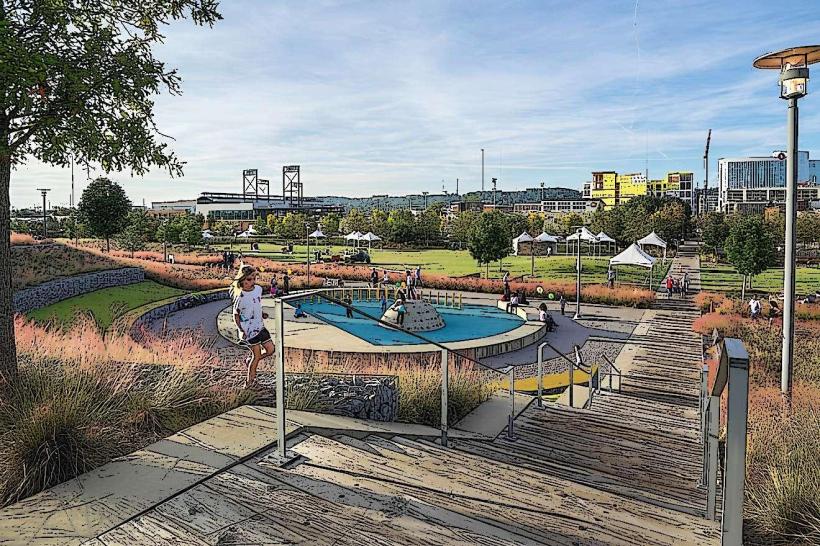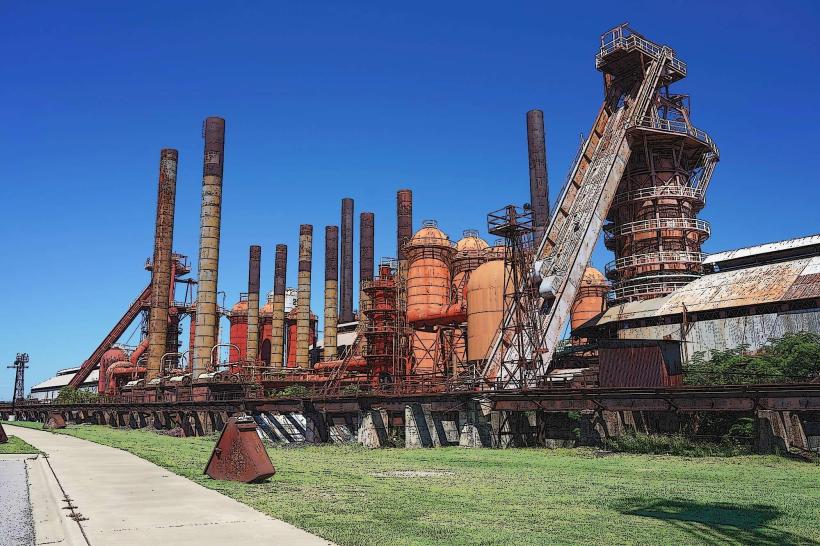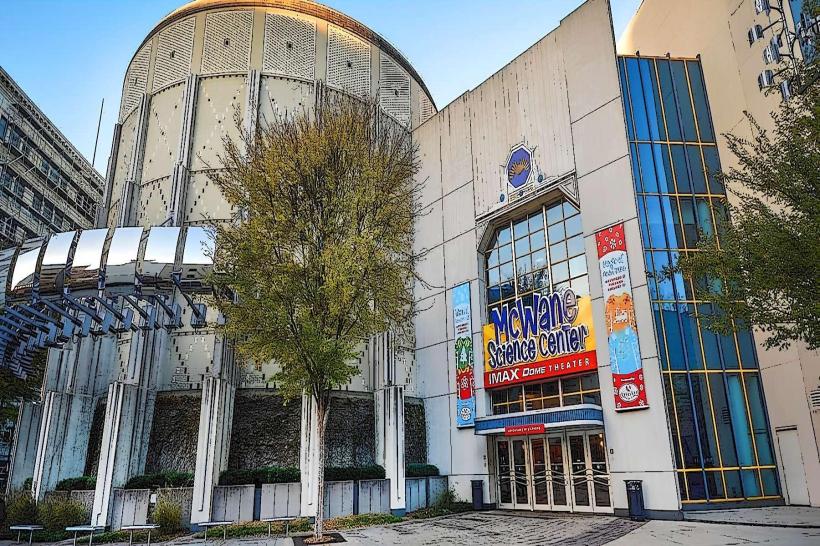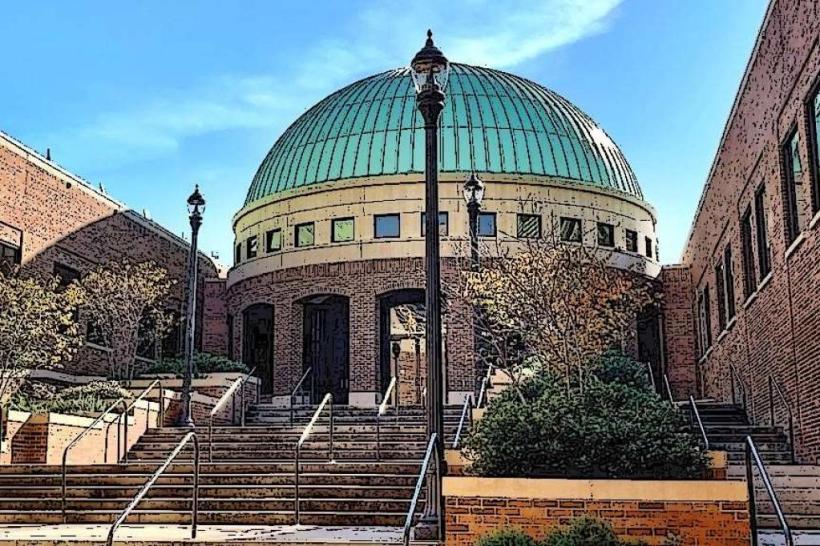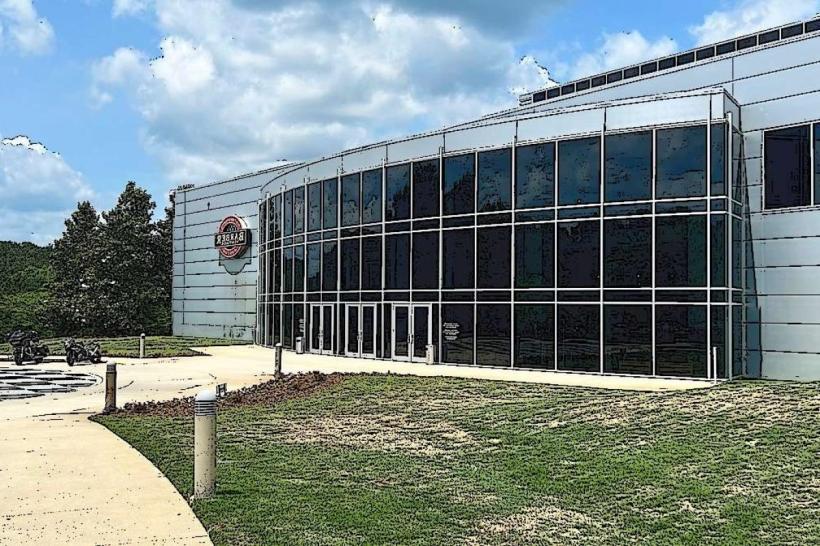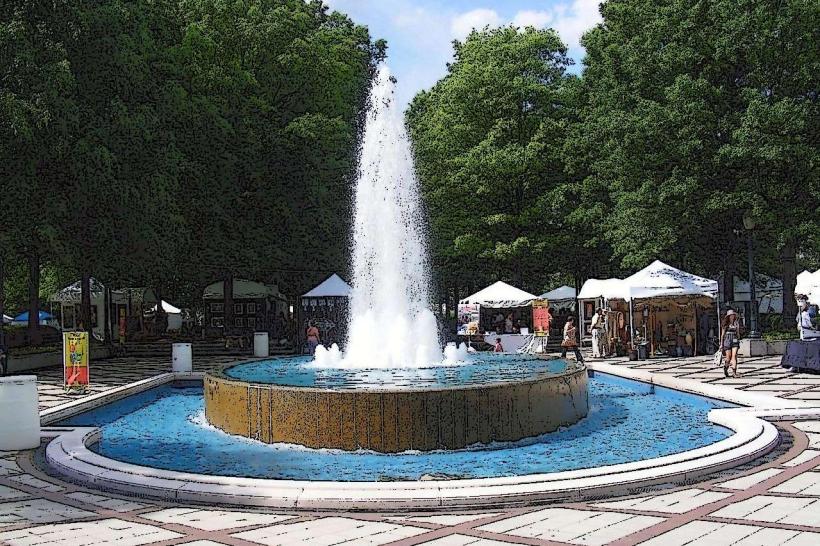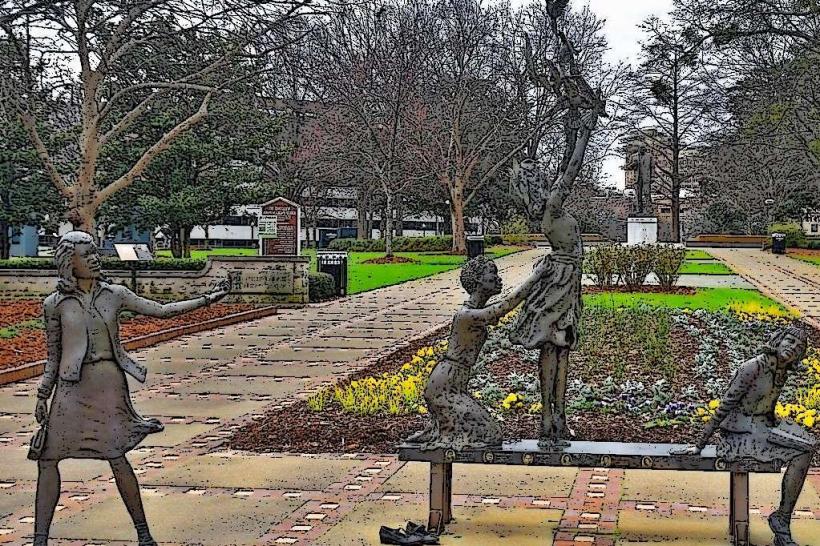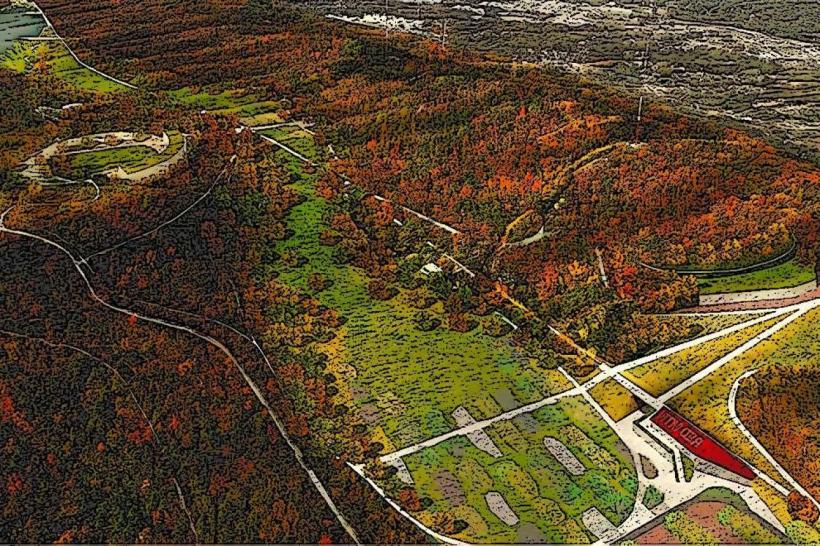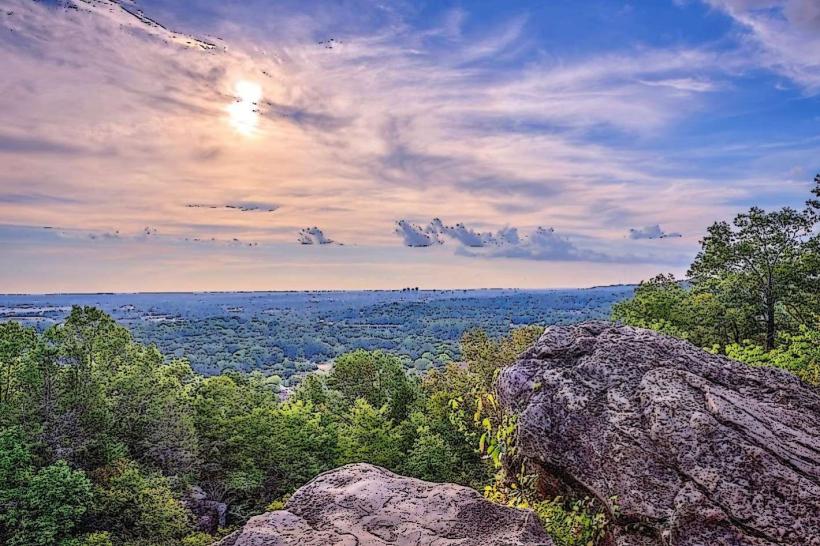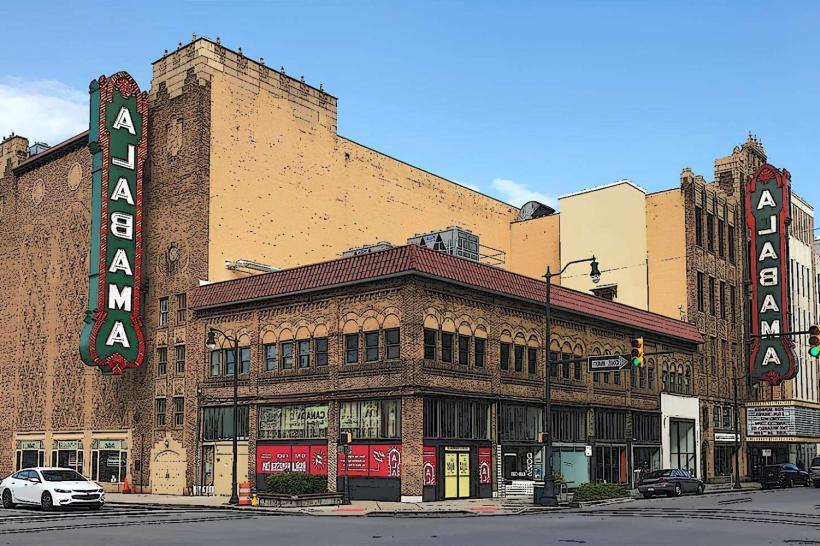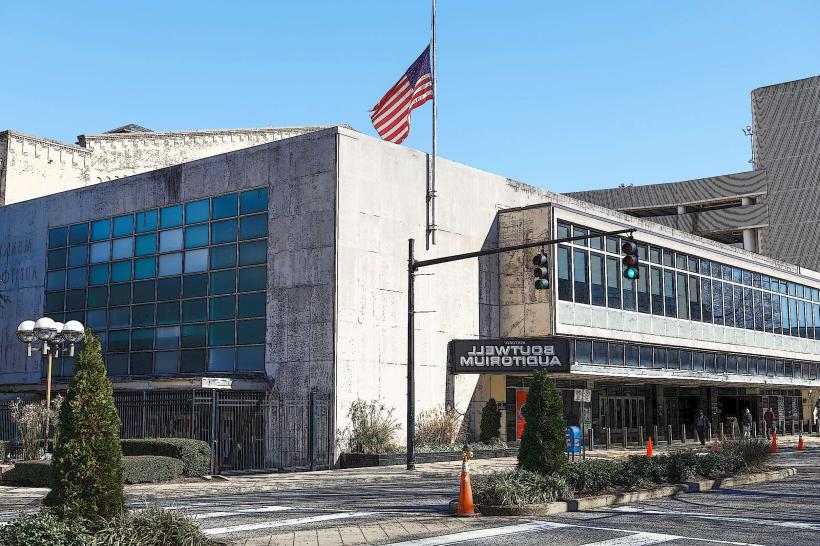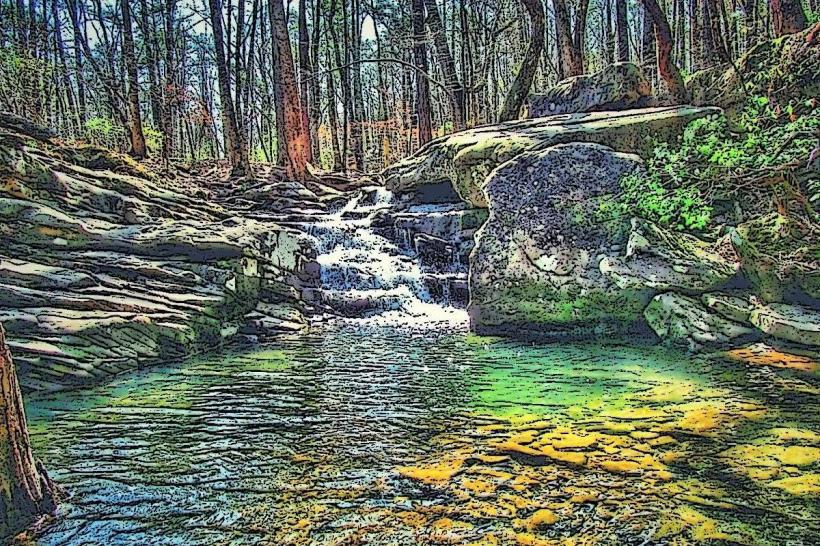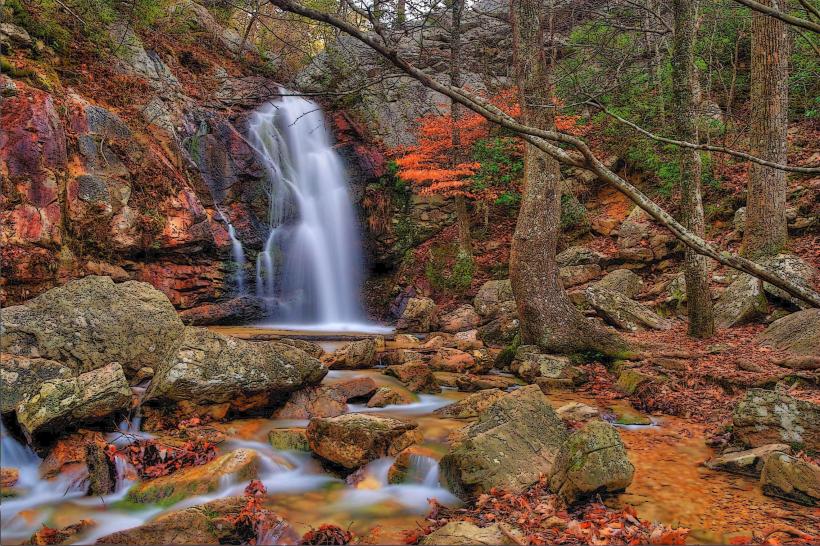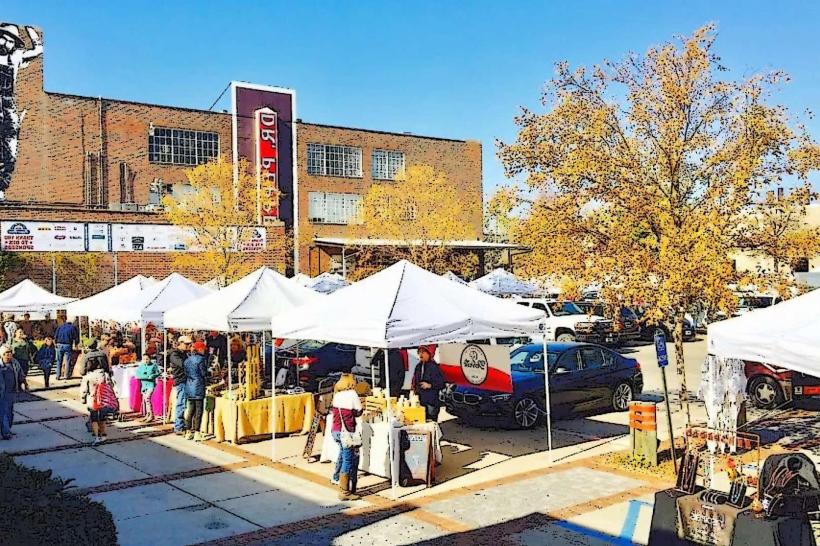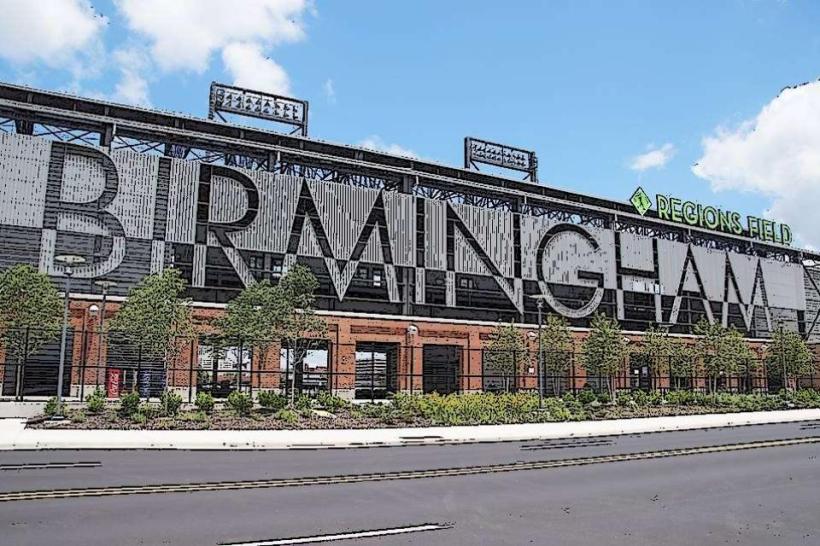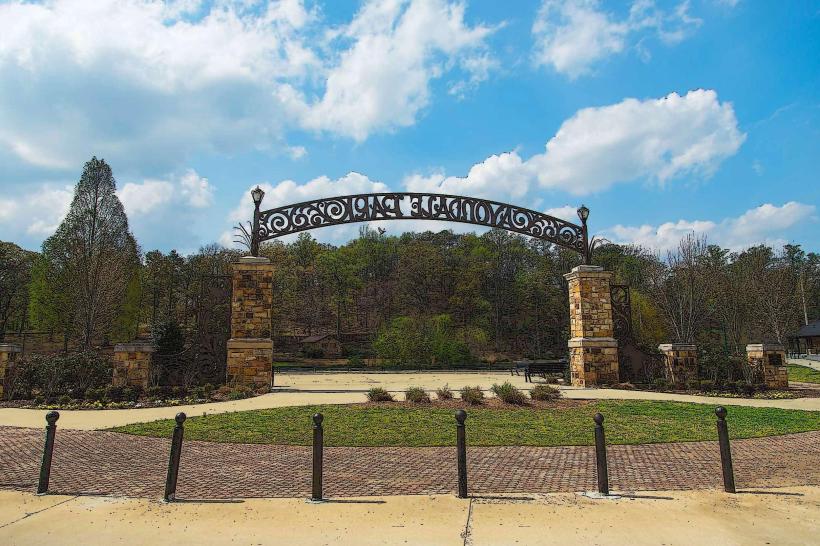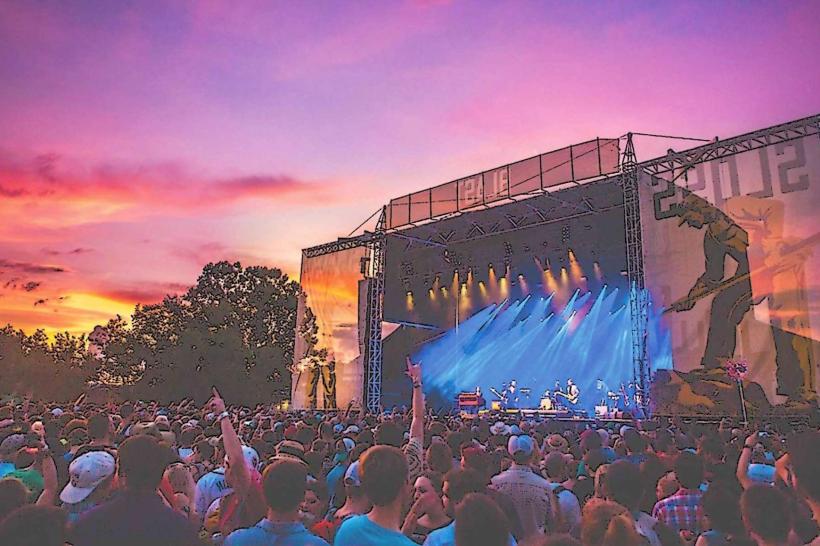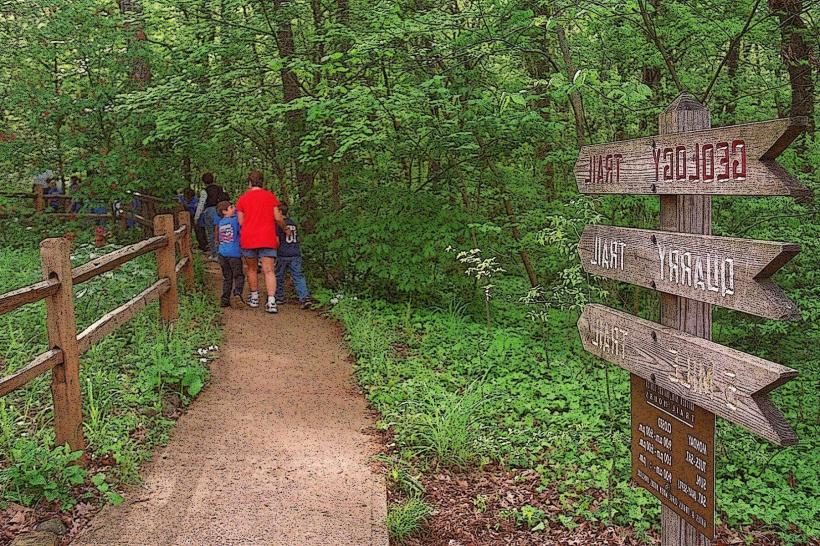Information
City: BirminghamCountry: USA Alabama
Continent: North America
Birmingham, USA Alabama, North America
Birmingham, Alabama, is the largest city in the state and a major cultural, economic, and historical hub of the American South. Founded in 1871 during the post–Civil War industrial boom, it quickly became a center for iron and steel production, earning the nickname “The Magic City” because of its rapid growth. Its development was fueled by the nearby rich deposits of iron ore, coal, and limestone, which formed the foundation for the steel industry.
City Layout and Neighborhoods:
Birmingham is situated in Jefferson County in the north-central part of Alabama, surrounded by rolling hills and the Appalachian foothills. Downtown Birmingham hosts the central business district with skyscrapers, corporate offices, and cultural institutions. Surrounding neighborhoods, such as Five Points South, Homewood, Mountain Brook, and Avondale, offer a mix of residential, commercial, and historic areas. Each neighborhood has a distinct character, from the vibrant nightlife of Lakeview to the historic charm of Southside.
Cultural and Historical Highlights:
Birmingham played a pivotal role in the Civil Rights Movement of the 1960s. Landmarks such as the Birmingham Civil Rights Institute, 16th Street Baptist Church, and the Kelly Ingram Park commemorate the city’s role in the struggle for racial equality. Museums like the Birmingham Museum of Art and performance venues such as the Alabama Theatre highlight its cultural richness.
Parks and Recreation:
The city offers a network of parks, greenways, and recreational spaces, including Railroad Park, a 19-acre urban park with walking trails, lakes, and outdoor event spaces, and Red Mountain Park, which combines outdoor adventure activities with historical mining heritage. The surrounding region offers hiking, biking, and nature exploration opportunities in the Appalachian foothills.
Economy and Education:
Birmingham’s economy has diversified from its steel roots to finance, healthcare, and education. It is home to major medical institutions, including the University of Alabama at Birmingham (UAB), which drives research, healthcare, and higher education in the region. UAB also supports a vibrant student population contributing to the city’s cultural and innovation scene.
Events and Festivals:
The city hosts numerous annual events, such as the Sidewalk Film Festival, Sloss Music & Arts Festival, and Magic City Classic, an important college football rivalry event. Local farmers markets, art walks, and food festivals celebrate Birmingham’s culinary diversity and Southern heritage.
Sustainability and Modern Development:
Birmingham has increasingly focused on urban renewal, sustainable development, and preserving historic architecture. Initiatives include revitalizing downtown districts, supporting public transit, expanding green spaces, and promoting local businesses.
Visitor Tips:
Exploring downtown on foot provides access to museums, parks, and historic sites.
Sampling Southern cuisine, including barbecue and soul food, is a must.
Combining cultural visits with outdoor activities gives a fuller sense of the city’s character.
Birmingham represents a dynamic blend of Southern history, industrial heritage, cultural richness, and modern urban growth. Its combination of historical significance and contemporary revitalization makes it a notable destination in Alabama.

